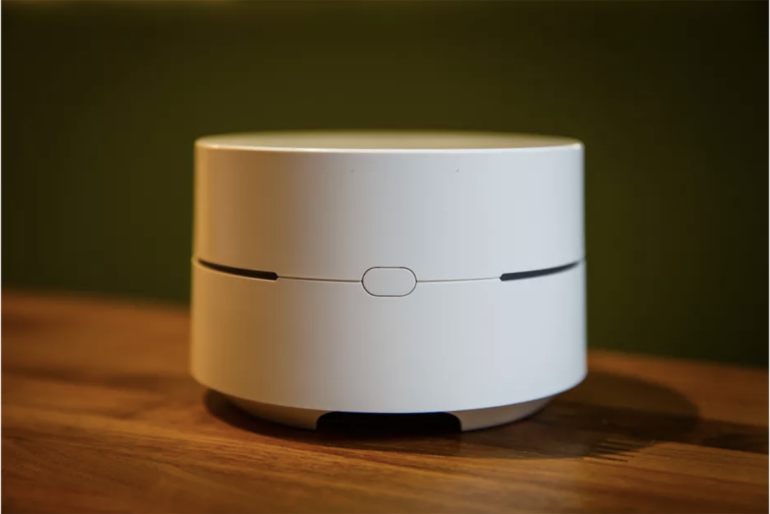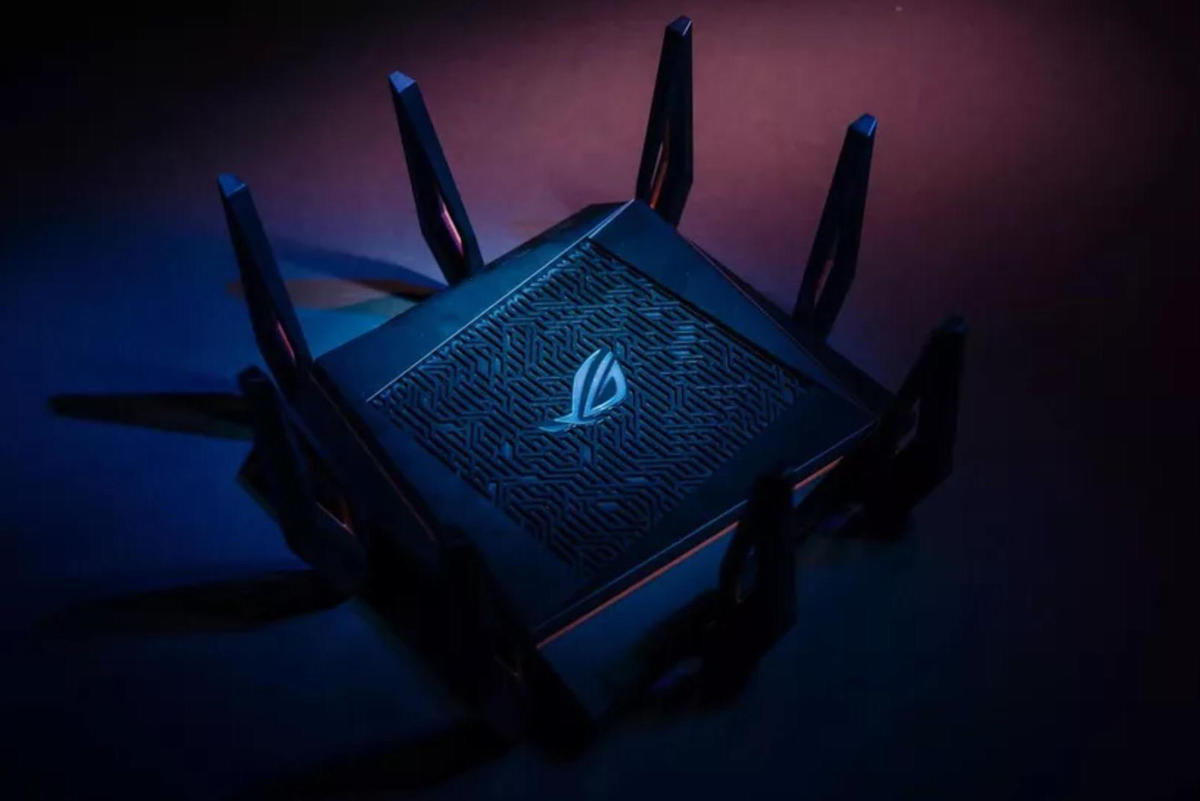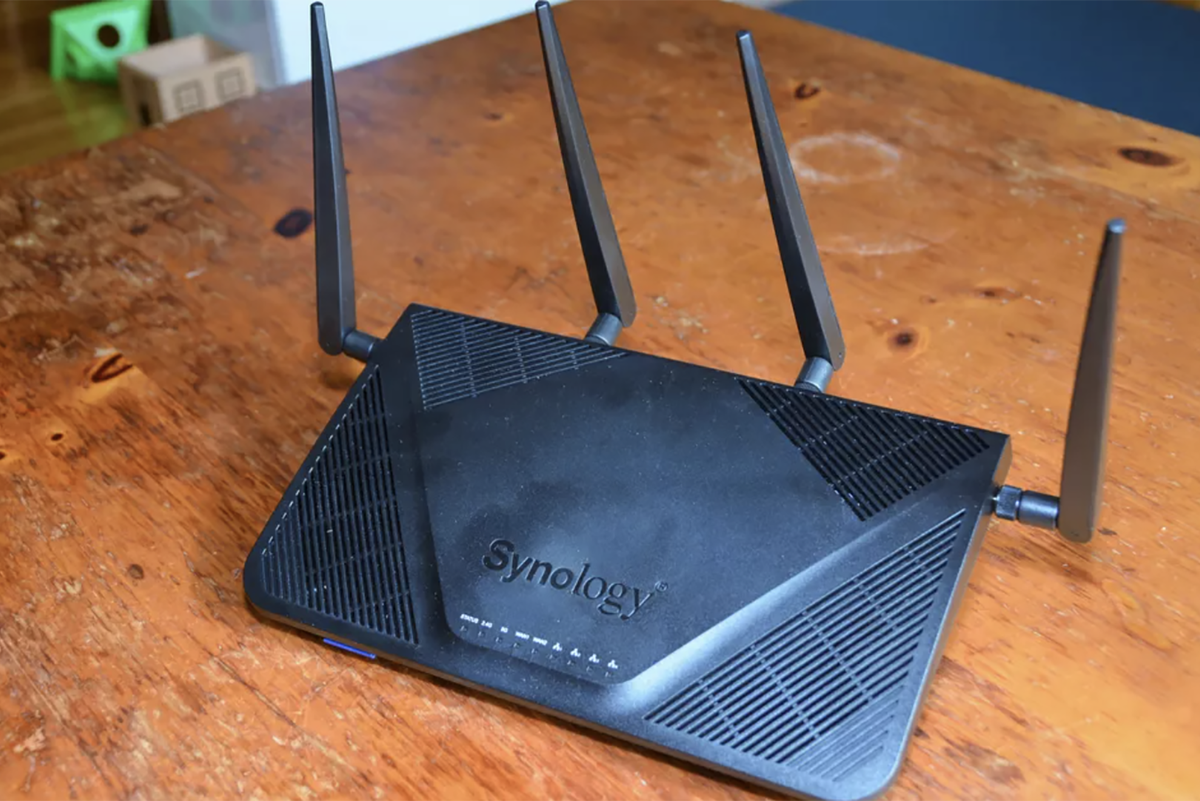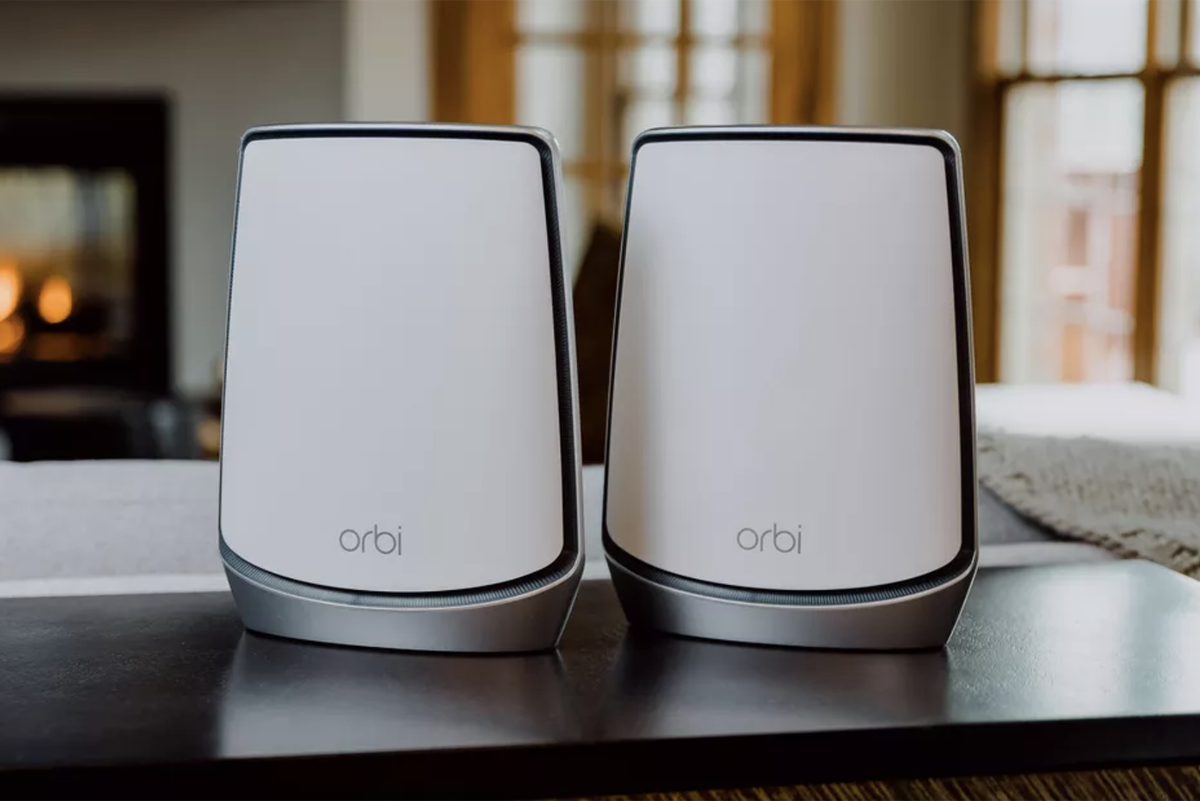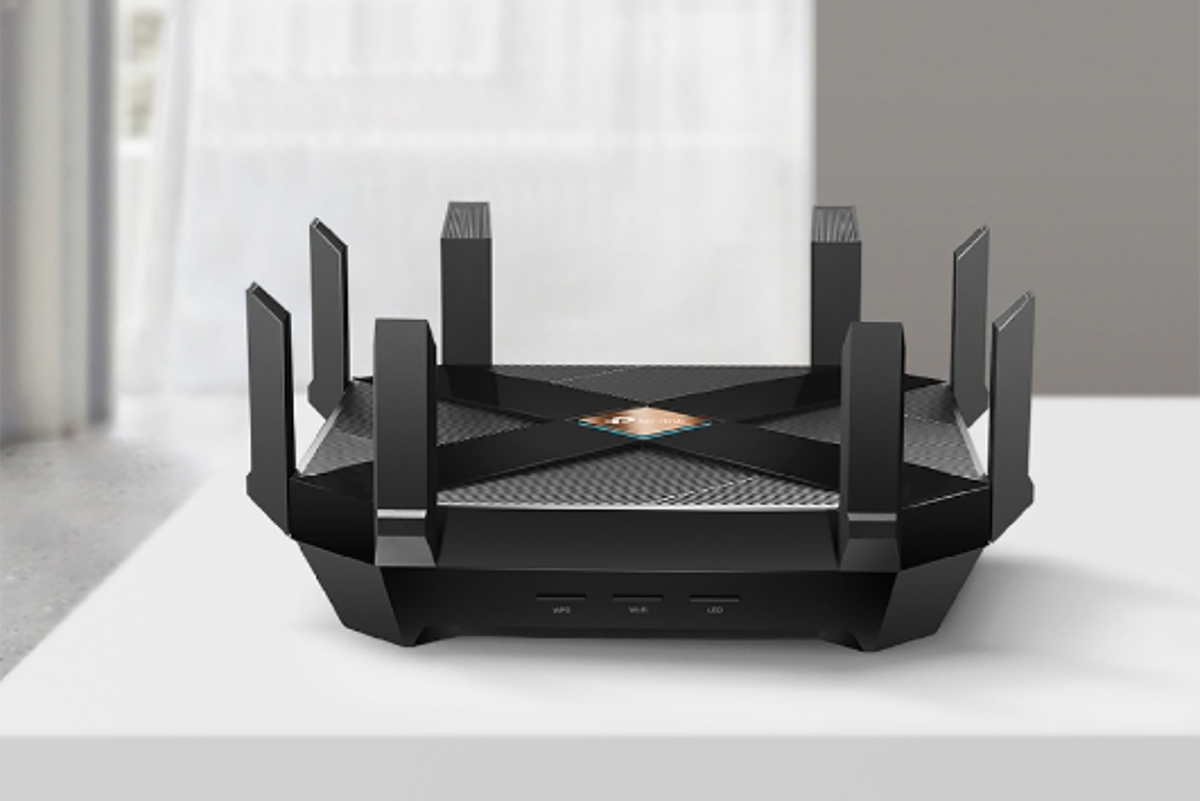Over 2020, many of us shifted from the traditional company office to working from home.
As we step into 2021, remote work and home offices will likely become a common fixture in our careers, with either permanent work-from-home options available or hybrid, flexitime models. What was once a rapid response to a global pandemic may lead to permanent, long-term changes in how we work and what we will expect our employers to offer in the future.
According to a Salesforce survey on the future of work, 64% of employees still want to spend some time in a traditional workplace environment, and 74% of Generation Z — soon to become the majority of the labor pool — are interested in hybrid work practices, splitting their days between home and the office. However, such a change in the foundation of our workday will create a tradeoff: Some of the resource requirements will move from employer to employee.
If you want to take advantage of any potential future hybrid work models, companies may require you to show you have the equipment at home to work. While a comfortable desk, chair, a camera and microphone for remote meetings, and simply the space to concentrate and knuckle down are necessary, hybrid and fully remote roles demand one critical component: Connectivity.
While you might already have internet connectivity and a router good enough to support mobile devices, smart home products, and content streaming services, you may need to add work-related systems and software to the mix.
The more connections there are the greater the risk of bottlenecks and connectivity drops. Basic routers supplied by your ISP and older models may not be enough now we spend more time at home and connect even more devices or services to our Internet services, and so without a quality Wi-Fi router, work productivity and performance can be affected.
Some of you at home may only need a Wi-Fi router able to generate a strong signal in one or two areas of your home, or you may want additional ports, security controls, and child locks. Others may opt for mesh Wi-Fi, which while often a more expensive option, can improve coverage over larger areas and extend connectivity to home offices located away from your main house.
ZDNet has listed of our top picks for Wi-Fi routers suitable for different budgets and needs.
Upgrade option: Nest Wifi
Best for: A budget-friendly Wi-Fi mesh ecosystemCoverage: Up to 1,500 sq ft (AC1200 2×2 Wave 2)Features: Bluetooth-compatible, simultaneous dual-band Wi-Fi (2.4GHz/5GHz), supports IEEE 802.11a/b/g/n/ac, two Gigabit Ethernet, quad-core ARM CPU, and 512MB RAM
One of the most suitable devices on the market for Google ecosystem users is simply named Google Wifi. This budget-friendly router option aims to keep things easy to set up with “Network Assist,” a system that works in the background to automatically select the best channels for your connected devices.
The Wi-Fi router offers coverage of up to 1,500 sq ft. However, as a mesh Wi-Fi device, the more access points you add to the router system, the better the blanket coverage at home. You can select a single pack that comes with one router and one additional Wi-Fi access point, or Google also offers a three-pack option, with an estimated coverage area of up to 4,500 sq ft.
Google Wifi is Bluetooth-compatible and features AC1200 2×2 Wave 2 coverage. It’s capable of simultaneous dual-band Wi-Fi (2.4GHz/5GHz) coverage supporting IEEE 802.11a/b/g/n/ac, and has two Gigabit Ethernet ports. It’s best suited to those with internet speeds slower than 250Mbps.
WPA2 security is in place. The router is powered by a quad-core ARM CPU and has 512MB RAM. You will need a Google account and must download the accompanying mobile application.
Google says its Wi-Fi router is the “best-selling” mesh system in the US.
See the review: Google Wifi review CNET
The tech giant has also upgraded its mesh Wi-Fi offering with Nest Wifi, a router offering improved speeds and support for WPA3 standards. However, the initial cost is higher ($169+) and so we can still recommend Google Wi-Fi when you have a limited budget to upgrade your home office.
Tri-band router designed for gamers and heavy use
Best for: The power-hungry workerCoverage: Up to 3,500 sq ftFeatures: 10-gigabit, Wi-Fi 6 router, 1.8Ghz quad-core processor, 2.5G gaming port, port forwarding, 256MB NAND flash, 1GB RAM, and dynamic frequency selection (DFS)
If Google’s mesh WiFi router does not provide enough streaming power for you — whether for gaming or online work systems that require quick and stable connectivity — the Asus ROG Rapture AX11000 is a tri-band router for heavy use and gamers who require high levels of bandwidth.
The Asus ROG Rapture AX11000 is a 10-gigabit, Wi-Fi 6 router. It comes with a 1.8Ghz quad-core processor, 2.5G gaming port, port forwarding, 256MB NAND flash, and 1GB RAM. It is possible to select an option to prioritize gaming traffic, which may be a useful feature for those employed in the gaming or review sector.
Also: Best mesh Wi-Fi system for the office or home in 2021
Asus has also implemented dynamic frequency selection (DFS) to automatically select the least-congested 5GHz bands for streaming. A VPN and support for ASUS AiMesh are included for expanded home coverage.
VPN option — VPN Plus — acts as a VPN server or client
Best for: Those who need a VPN connectionCoverage: Up to 3,000 sq ftFeatures: Dual-band, MU-MIMO router, VPN Plus, Synology SSL VPN, PPTP, OpenVPN, and L2TP/IPSec support, 1.7Ghz dual-core processor, 4×4 802.11ac wave 2, and 2.53Gbps speeds
If your employer requires a Virtual Private Network (VPN) while you work remotely, the Synology RT2600 Wi-Fi router may be a suitable option. A VPN makes internet connections more secure by employing encryption between your browser and a server — and can also be used to mask your original IP address — and so if workers are asked to connect to corporate resources, a VPN can keep access secure while staff are out of the office.
To take the guesswork out, the Synology RT2600 is a dual-band, MU-MIMO router already equipped with a VPN option, VPN Plus, to act as a VPN server or client, and support is also available for Synology SSL VPN, PPTP, OpenVPN, and L2TP/IPSec. To facilitate the use of VPN servers and clients, the router is powered by a 1.7Ghz dual-core processor, 4×4 802.11ac wave 2 radios, and has coverage of up to 3,000 sq ft.
See the review: Synology RT2600ac review CNET
The router is capable of speeds of up to 2.53Gbps. In addition, this product has a useful feature for streaming: The option to connect SD cards or USB attached storage to stream content to TVs and other devices.
Upgrade to ‘Ultra Performance’ range to extend coverage
Best for: A home mesh Wi-Fi networkCoverage: Up to 5,000 sq ft, with support for up to 25 devices.Features: Tri-band, MU-MIMO router, 2.4GHz (400Mbps) and 5GHz (866Mbps) bands, quad-core ARM processor, 512MB RAM, parental controls, Ethernet port with 1GB connectivity
Mesh home Wi-Fi networks are increasing in popularity as we adopt smart, connected devices and streaming services in our homes. Mesh topologies can increase the stability and interconnections between IoT devices by working with ‘nodes’ placed around the home, reducing blind spots and buffering issues.
While mesh Wi-Fi devices do not always offer the same advanced settings or features as some traditional routers, mesh devices can suit those who have a home office in an area with a weak Wi-Fi signal, for example, or who are competing for streaming capacity.
The Orbi’s strength is its coverage — up to 5,000 sq ft, with support for up to 25 devices. The tri-band, MU-MIMO router offers decent Wi-Fi speeds on the 2.4GHz (400Mbps) + 5GHz (866Mbps) bands — and is powered by a quad-core ARM processor and comes with 512MB RAM. The included Ethernet port provides 1GB connectivity.
The Netgear Orbi can be picked up with standard specifications or you can upgrade to the premium “Ultra Performance” range, which extends coverage and the number of devices connected via satellite bolt-ons; each of which expands coverage by up to 2,500 sq ft.
See the review: Netgear Orbi Wi-Fi 6 AX4200 hands-on
Netgear Orbi should be considered when more than one person is fighting for broadband resources, such as when multiple occupants are all working from home and children need stable connections for learning.
Parental controls and the option to adopt Netgear Armor are included.
A worthwhile option
Best for: Those working from home and seeking a Wi-Fi 6 modelCoverage: Strong performance recorded even at distances of up to 75ftFeatures: Wi-Fi 6 dual-band device, supports 2.4GHz/5.0GHz frequency, 128MB flash memory, 1GB RAM, an average wireless download speed of 1,523 Mbps at 5ft, and parental controls
The TP-Link Archer AX6000 is a router that shines as a Wi-Fi 6 model. Picking up a Wi-Fi 6 device now is an investment for future-proofing your home connectivity, as this standard provides the capacity for devices to send more data during transmissions, increasing speed.
For those working from home for the foreseeable future, the TP-Link Archer AX6000 is a worthwhile option. The dual-band device supports 2.4GHz/5.0GHz frequency and is equipped with 128MB flash memory and 1GB RAM. In speed tests conducted by CNET, it was top of the class, coming in at an average wireless download speed of 1,523 Mbps at 5ft, with a strong performance recorded even at distances of up to 75ft.
Also: Meet the Wi-Fi 6 routers that support 802.11ax CNET
WPA2 encryption, Ethernet connectivity, and parental controls are also included.
